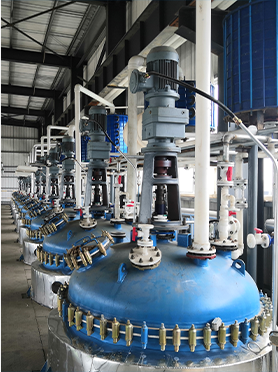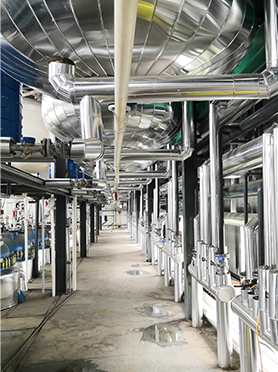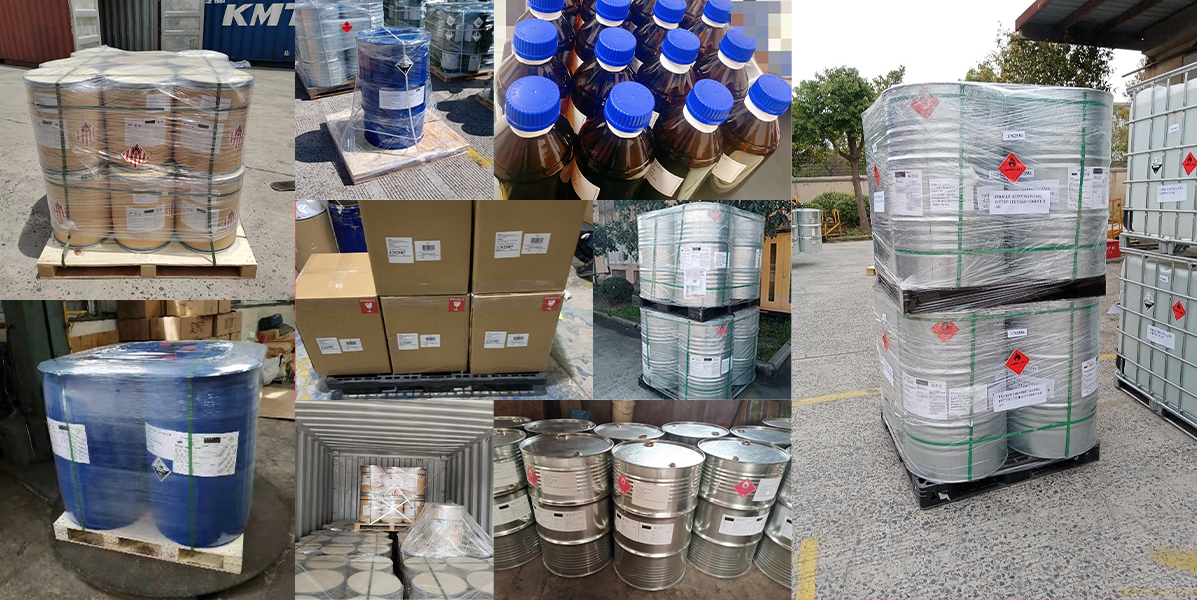Researchers have developed an innovative dry desulfurization method that efficiently removes sulfur impurities from synthesis gas (syngas) derived from low-rank coal, enabling cleaner utilization of abundant coal resources while protecting downstream catalysts. With China's proven coal reserves containing over 50% low-rank coal - equivalent to 100 billion tons of oil and gas resources - this advancement addresses critical inefficiencies in conventional coal conversion technology.
Existing methods for utilizing low-rank coals like lignite and long-flame coal face significant limitations. Direct combustion wastes valuable volatiles and generates excessive SOx/NOx emissions, while gasification processes produce syngas contaminated with sulfur compounds that rapidly poison methane synthesis catalysts. Previous desulfurization approaches proved excessively complex, costly, and environmentally taxing - with some wet processes removing only 90% of sulfur compounds.

The new dry process combines gas purification with multi-stage sulfur removal. Syngas first undergoes oil/naphthalene removal where adsorbents reduce tar and naphthalene below 1mg/Nm³. Crude desulfurization then adsorbs inorganic sulfur followed by dual-stage catalytic hydrogenation: first using iron-molybdenum catalysts to convert organic sulfur (COS, mercaptans) to H₂S, then nickel-molybdenum catalysts for complete transformation of residual compounds. Finally, zinc-oxide-based absorbents reduce H₂S to below 0.1ppm.
Process optimization includes preheating syngas to 35-60°C, compressing to 1.5-3MPa, and multi-stage temperature control via intercoolers and steam heaters. If reactor temperatures exceed 420°C, cold-quench valves activate; at 500°C, automatic shutdown prevents catalyst damage. To enhance sulfur removal efficiency, optional technologies include chromium-nickel resistance wires or high-voltage (10kV) electrodes that ionize H₂S into elemental sulfur.
Comparative testing demonstrates significant improvements versus conventional methods. Using syngas containing 200-6000ppm sulfur compounds, the new process achieved 0.09-0.01ppm residual sulfur versus 139.4ppm in traditional systems. Energy consumption decreased to 1007-1152kJ/kg compared to 1086kJ/kg, with the electrode-assisted version showing both highest efficiency (0.01ppm) and lowest energy use.
Performance advantages derive from complementary dry purification stages. The initial wet desulfurization step removes bulk sulfur, while pressure-optimized dry processes eliminate trace contaminants including chlorides and carbonyl metals below 0.1ppb - critical protection for methanation catalysts that suffer permanent poisoning above these thresholds. Unlike prior patented approaches with sub-200m²/g catalysts, this integrated system operates at commercial scale without requiring oxygen during coal gasification.
This technological leap enables efficient conversion of low-rank coal's volatiles while producing premium syngas (28-40% CH₄, 25-40% H₂) for chemical synthesis. Unlike high-ash, low-calorie coal burned in 90% of Chinese industrial boilers, the dry process recovers valuable hydrocarbons otherwise lost during combustion. With its simplified operation and compatibility with existing infrastructure, the method offers a viable pathway for sustainable coal resource utilization while meeting stringent emission standards.
Manufacturing Facilities






Professional Export Experience
to Global Customers

1. 20 years of R&D, manufacturing and sales experience, serving customers in 60 countries and regions around the world;
2. Own R&D laboratory, pilot platform and large-scale production workshop, which can meet the audit requirements of global customers;
3. We can satisfy customers' perfect transition from small scale lab requirements (gram level) to commercialization requirements (hundred tons level).
A: We don't have Minimum Order Quantity, exact quantity should be provided before quotation for us to calculate the exact cost.
A: We don't provide free samples due to lots of request and expensive international courier's cost, we can deduct the sample charge after commercial order placed.
A: Our payment terms: Small or sample order: T/T IN ADVANCE. Commercial order: First order should be by T/T IN ADVANCE or L/C at sight, and following orders T/T 30~90days is acceptable subject to approval of credit application.